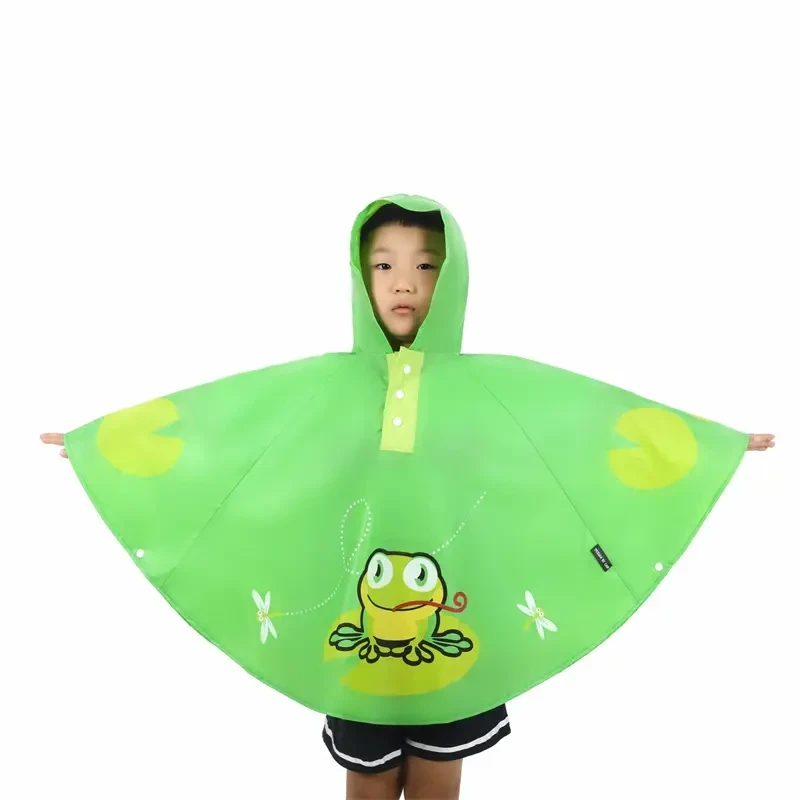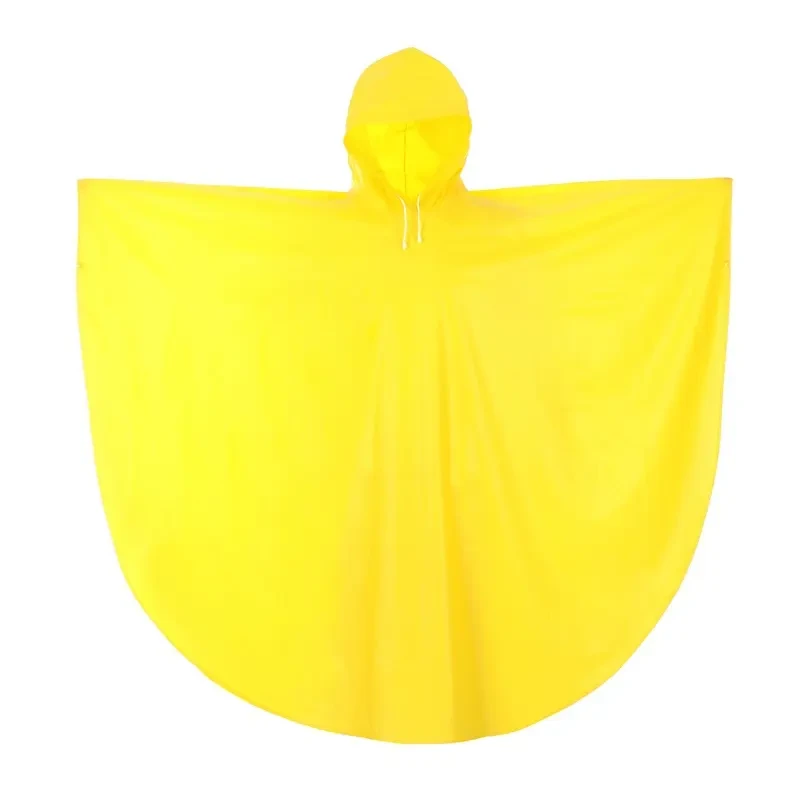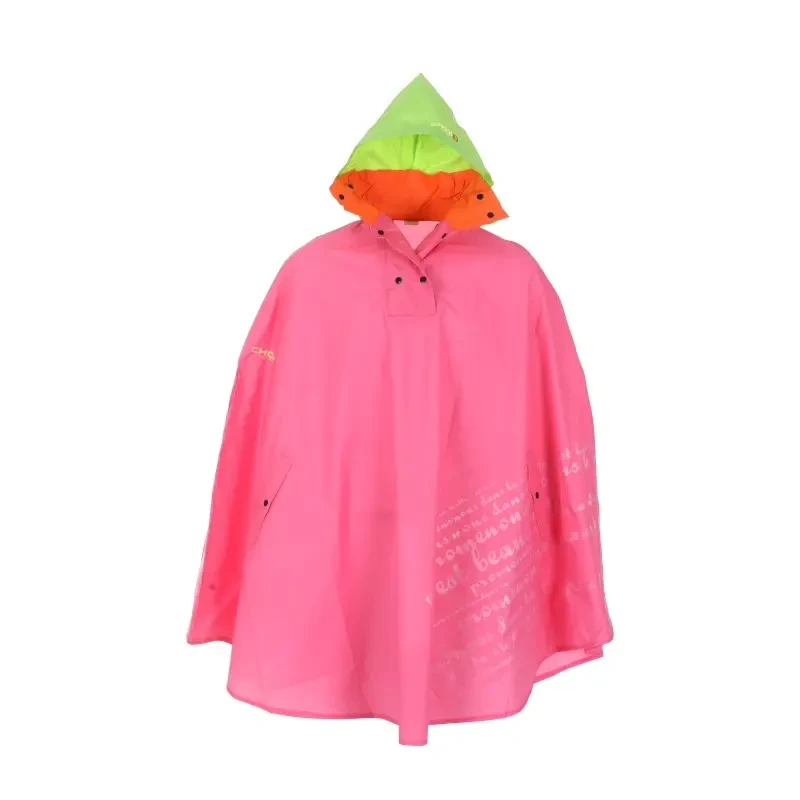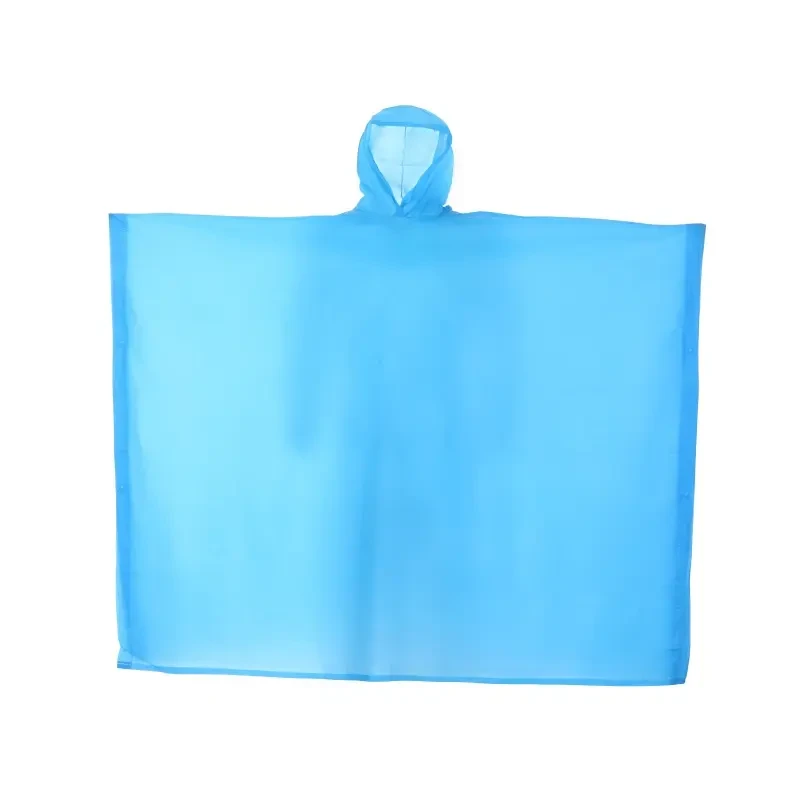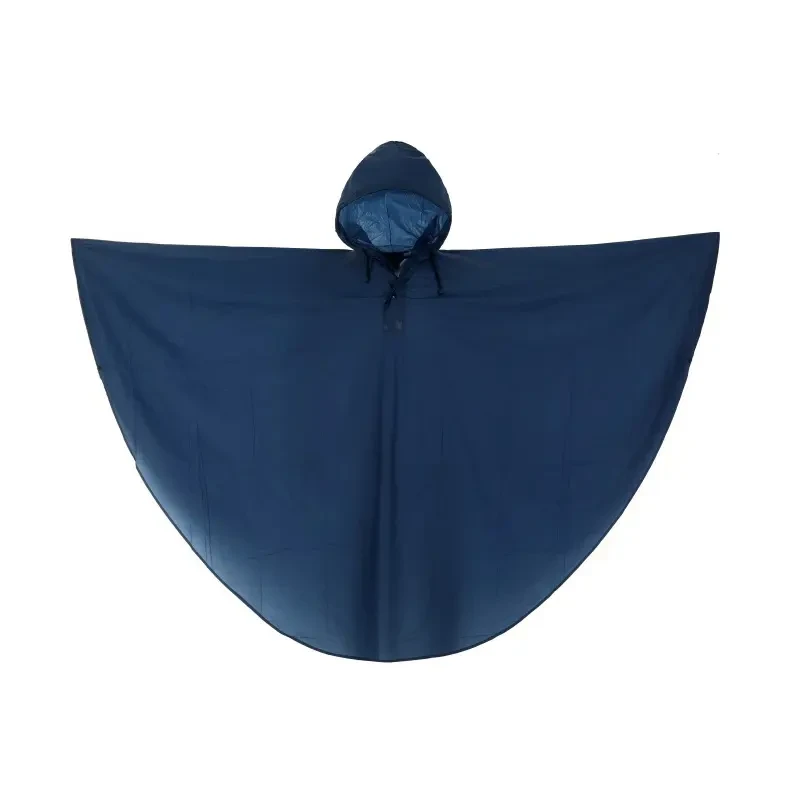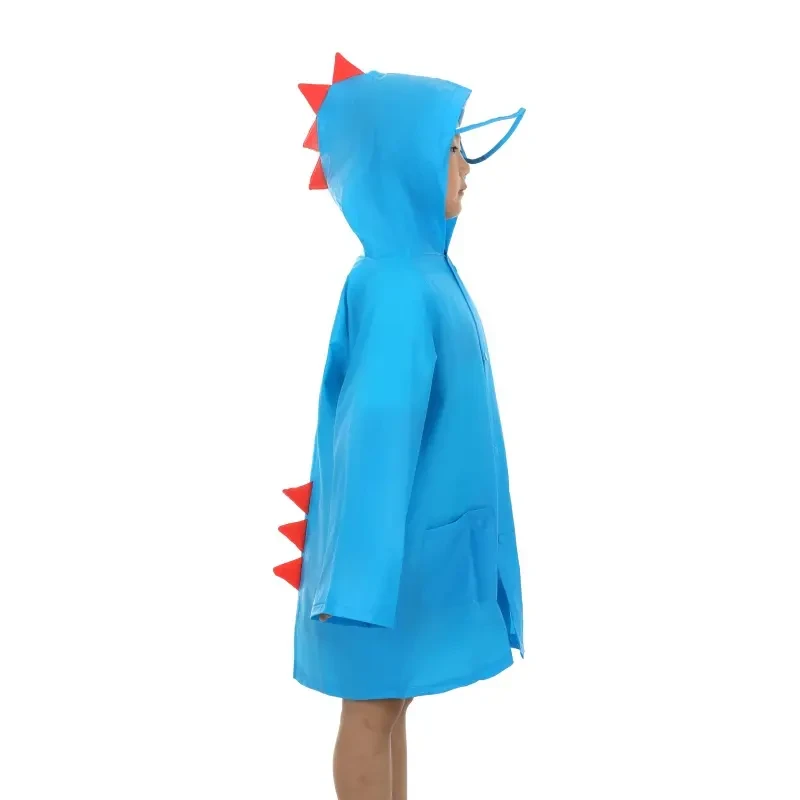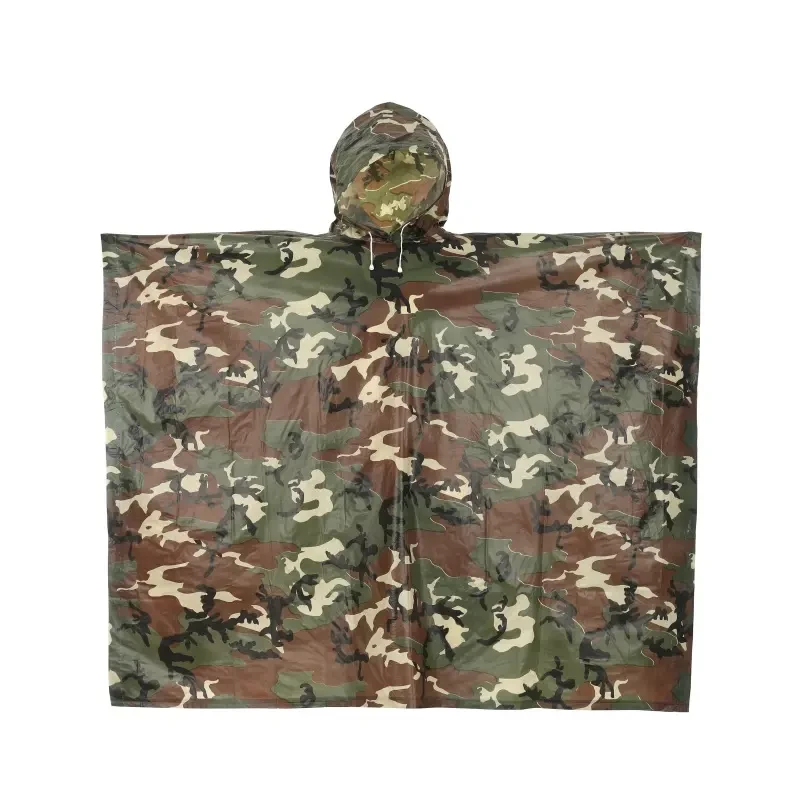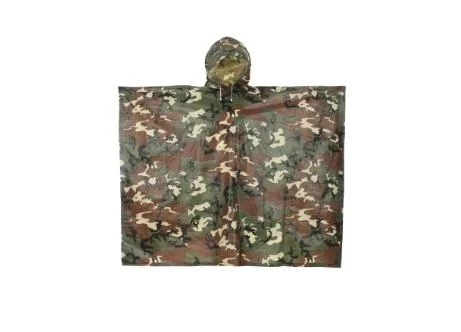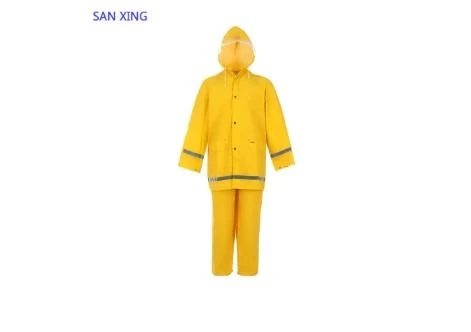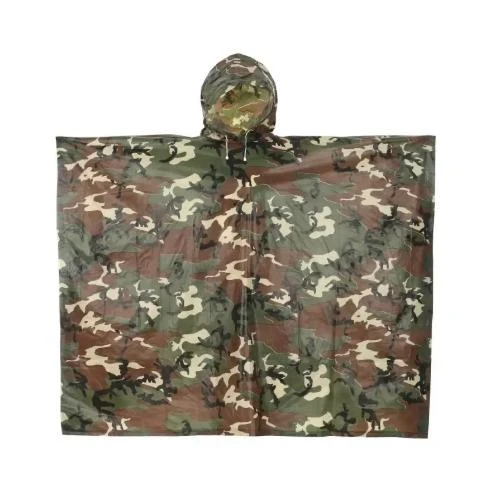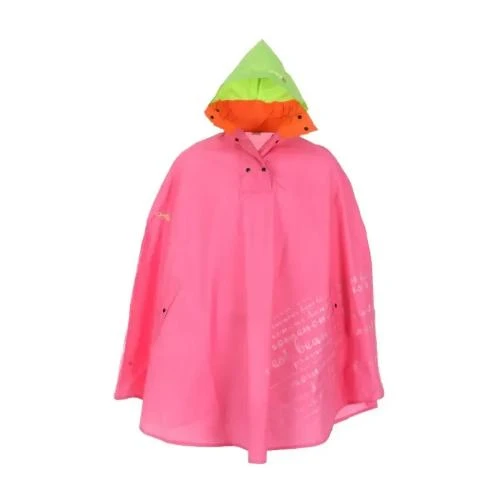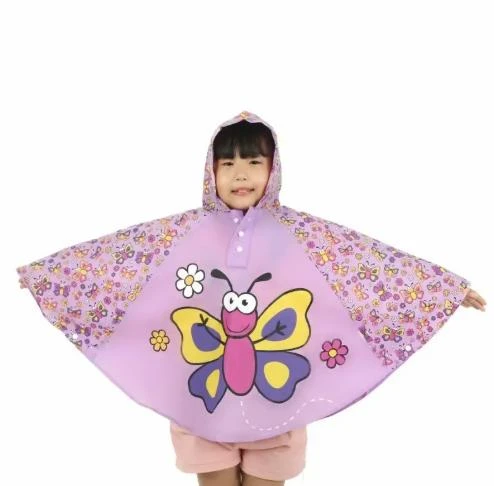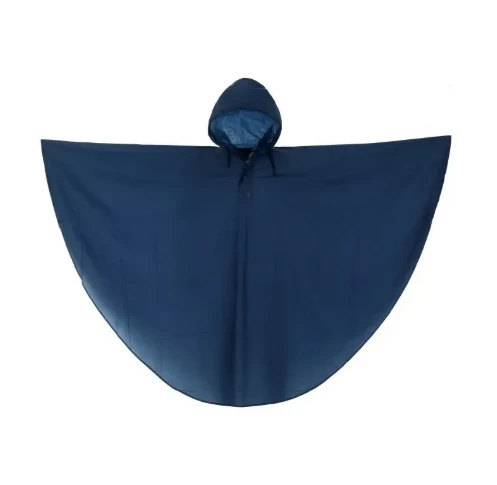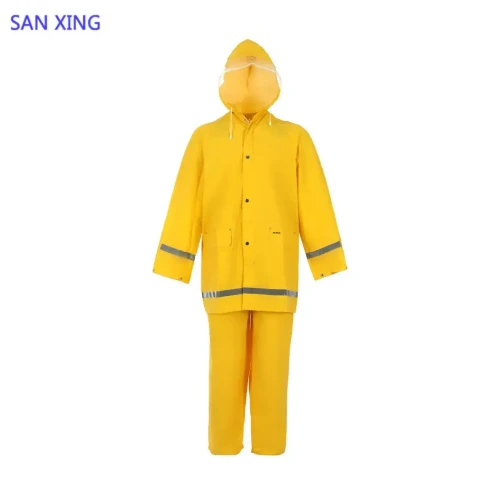
- Afrikaans
- Albanian
- Amharic
- Arabic
- Armenian
- Azerbaijani
- Basque
- Belarusian
- Bengali
- Bosnian
- Bulgarian
- Catalan
- Cebuano
- Corsican
- Croatian
- Czech
- Danish
- Dutch
- English
- Esperanto
- Estonian
- Finnish
- French
- Frisian
- Galician
- Georgian
- German
- Greek
- Gujarati
- Haitian Creole
- hausa
- hawaiian
- Hebrew
- Hindi
- Miao
- Hungarian
- Icelandic
- igbo
- Indonesian
- irish
- Italian
- Japanese
- Javanese
- Kannada
- kazakh
- Khmer
- Rwandese
- Korean
- Kurdish
- Kyrgyz
- Lao
- Latin
- Latvian
- Lithuanian
- Luxembourgish
- Macedonian
- Malgashi
- Malay
- Malayalam
- Maltese
- Maori
- Marathi
- Mongolian
- Myanmar
- Nepali
- Norwegian
- Norwegian
- Occitan
- Pashto
- Persian
- Polish
- Portuguese
- Punjabi
- Romanian
- Russian
- Samoan
- Scottish Gaelic
- Serbian
- Sesotho
- Shona
- Sindhi
- Sinhala
- Slovak
- Slovenian
- Somali
- Spanish
- Sundanese
- Swahili
- Swedish
- Tagalog
- Tajik
- Tamil
- Tatar
- Telugu
- Thai
- Turkish
- Turkmen
- Ukrainian
- Urdu
- Uighur
- Uzbek
- Vietnamese
- Welsh
- Bantu
- Yiddish
- Yoruba
Jul . 22, 2025 09:01
As urban mobility solutions continue to evolve, the mobility scooter rain poncho has become an essential accessory for users seeking reliable weather protection. With changing climate patterns and increased adoption of personal electric transportation, demand for high-quality weather protection gear is at an all-time high. This comprehensive guide explores the technical innovations, performance standards, and selection criteria for premium scooter rainwear.
Why Mobility Scooter Rain Protection Matters
Electric scooter users face unique challenges in wet weather conditions. Traditional raincoats are inadequate for mobility scooter operations because they fail to cover both the rider and control interfaces simultaneously. A well-designed mobility scooter rain poncho delivers comprehensive protection through:
According to the Urban Mobility Research Group (urbanmobilityresearch.org/reports/2023-weather), scooter rain protection solutions can reduce weather-related accidents by up to 72% and extend scooter lifespan by protecting electrical components.
Technical Specifications Comparison
The market offers various solutions with significantly different specifications. Below is a technical comparison of key parameters:
| Feature | Standard Models | Premium Models (Electric Scooter Rain) | Testing Standard |
|---|---|---|---|
| Material | Basic PVC or Polyester | Reinforced 0.4mm PVC (Customizable) | ISO 20645:2004 |
| Water Resistance | 5,000mm H₂O | 15,000mm H₂O | ISO 811:2018 |
| Size | 45×75 inches | 50×80 inches (Customizable) | EN 340:2003 |
| Wind Resistance | 45 km/h | 75 km/h | ISO 9237:1995 |
| Seam Construction | Single-stitch | Double-stitch + Tape-sealed | ASTM D1683 |
| Installation Time | 1-2 minutes | Under 30 seconds | Field testing |
| Lifespan | 1-2 seasons | 5+ years | Accelerated aging tests |
Material Technology Innovations
The mobility scooter poncho has undergone significant material evolution in recent years. Contemporary designs utilize advanced polymer technologies:
Leading manufacturers like Sanxing Garment employ triple-layer coating technology on their scooter rain poncho solutions. This creates a hydrostatic barrier that prevents water penetration while maintaining breathability. The hydrophobic nano-coating applied to all surfaces causes water to bead and roll off rather than absorb into the material.
According to the Journal of Protective Textiles (jpt.org/vol32/issue4/materials), new polymer blends demonstrate 40% higher abrasion resistance than previous generations. This is critical for scooter rain applications where material constantly contacts handlebars and frame components.
Advanced Manufacturing Expertise
With over 20 years of specialized rainwear production, Shijiazhuang Sanxing Garment Co., Ltd. has developed proprietary manufacturing techniques for mobility rain protection:

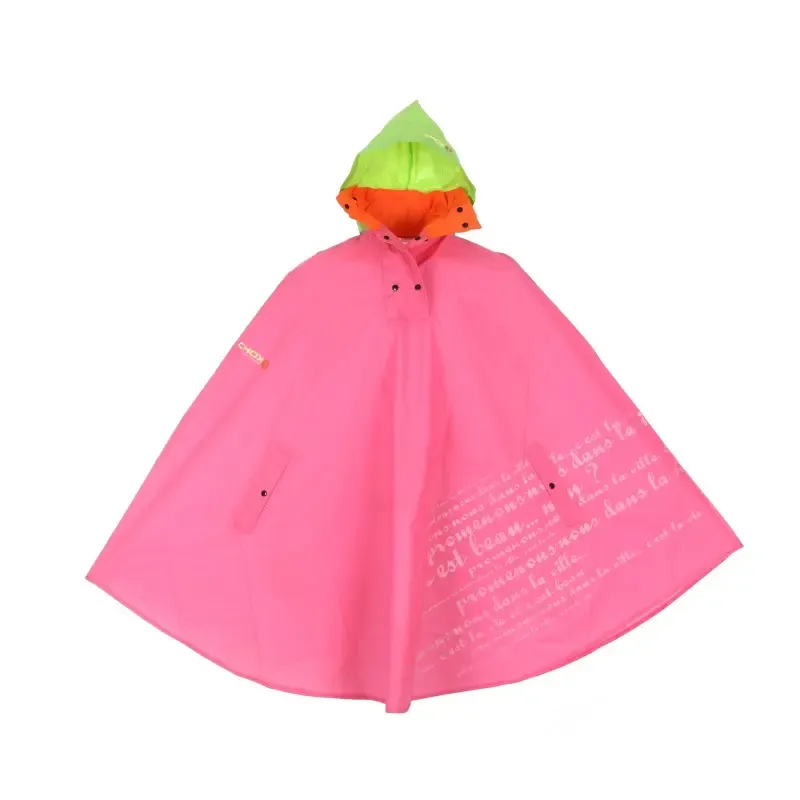
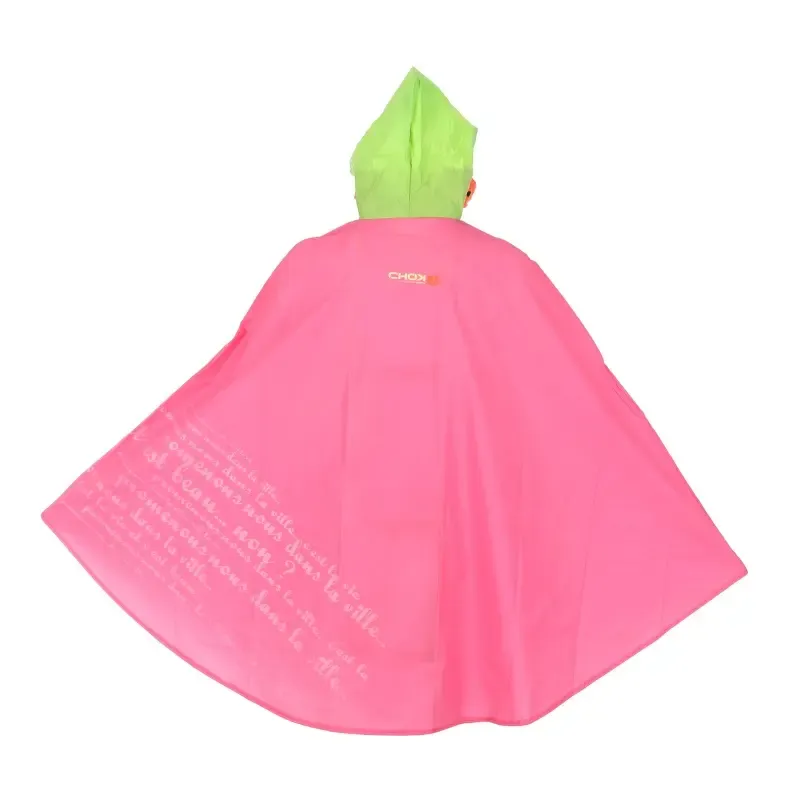
Our factory implements a quality control system with 14 checkpoints throughout the production cycle. Material controllers ensure batch-to-batch consistency, while specialized welding techniques create watertight seams capable of withstanding hurricane-force rain conditions. The patented corner reinforcement system adds triple-layer protection to high-stress areas.
Technical Questions Answered
"The effectiveness of purpose-designed mobility rain protection significantly exceeds improvised solutions. Our 18-month field study demonstrated complete electrical failure prevention when using properly fitted scooter rain covers, compared to 68% failure rate in unprotected scooters."
- Mobility Engineering Journal (mej.org/volume42/issue3/weather)
Shijiazhuang Sanxing Garment Co., Ltd.
With two decades of specialized rainwear manufacturing expertise, we combine technical innovation with practical user-centered design.
"The material innovations in modern mobility weather protection represent the most significant advancement in personal electric vehicle accessories. Field tests demonstrate that proper coverage reduces maintenance costs by approximately 45% annually."
- International Association of Mobility Equipment Manufacturers (iamem.org/technical-bulletin/issue15)
Related Products
Related News



